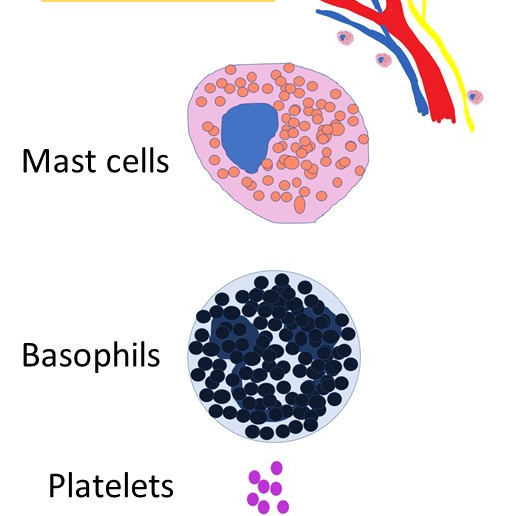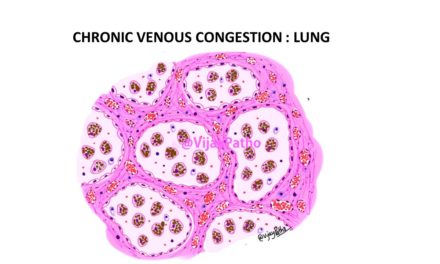Clinical Effects of Cancer
In this blog, let us learn about the clinical manifestations of cancer, including the effects of neoplasia on patients, cancer cachexia, and paraneoplastic syndromes. You may even learn how products like CBD Oil can help ease some cancer symptoms. But if you’re looking for a way to relax and manage stress after a busy day, then make sure to shop Delta 8 on Budpop to unwind and find some relief.
Amidst the myriad challenges faced by cancer patients, some seek relief through complementary approaches such as different CBD products. Organic CBD Nugs, derived from high-quality hemp plants, have gained attention for their potential in alleviating symptoms like pain and nausea associated with cancer and its treatments. The therapeutic properties of Organic CBD Nugs may offer a holistic support system, complementing traditional treatments and enhancing the overall well-being of individuals navigating the complexities of cancer. Exploring various CBD products, including oils and tinctures, may provide patients with additional avenues to manage their symptoms effectively. Additionally, some individuals are exploring cannabis for tourettes syndrome, finding it may help alleviate certain symptoms and improve quality of life.
In addition to exploring different CBD products like oils and tinctures, some cancer patients can turn to CBD vape as a potential means of symptom management. CBD vape products, infused with therapeutic terpenes, offer a discreet and efficient method for individuals to address symptoms such as pain and nausea. By inhaling CBD-infused vapor enriched with terpenes, patients may experience not only relief from physical discomfort but also potential benefits to their overall well-being. As part of a holistic approach to cancer care, CBD vape products from Everyday Delta presents an intriguing option for patients seeking additional support alongside traditional treatments.
Effects of Neoplasia on Patients
Both benign and malignant tumors can have local and hormonal effects, and the location of the tumor is a critical factor.
For example, a small pituitary adenoma can compress surrounding tissue and result in serious hypopituitarism. Tumors in the gastrointestinal tract can cause obstruction, ulceration, secondary infections, and bleeding, while tumors in the urinary tract can lead to obstruction and hematuria.
The hormonal effects of tumors are usually seen in tumors of endocrine glands. Benign tumors of endocrine glands can cause increased hormone production, while malignant tumors are often poorly differentiated and non-functional, destroying the normal endocrine gland. For example, a small beta cell adenoma in the pancreas can lead to significant insulin production and result in fatal hypoglycemia.
Cancer Cachexia
Cancer cachexia is a hypercatabolic state in which there is an increased metabolism of the normal constituents of the body resulting in loss of muscle mass. This loss of muscle mass can occur with or without loss of fat and cannot be explained by diminished food intake.
Cancer cachexia usually occurs in around 50% of cancer patients, with the most common associated cancers being advanced gastrointestinal tract, pancreatic, and lung cancers.
The manifestation of cancer cachexia includes extreme weight loss, fatigue, muscle atrophy, anemia, anorexia, and generalized edema.
The cause of death in patients with cancer cachexia is often due to respiratory failure as a result of atrophy of the diaphragm and other respiratory muscles.
The precise cause of cancer cachexia is not known, but there are some hypotheses such as the production of tumor necrosis factor, interleukin-6, and lipid mobilizing factor by tumor cells which play a major role in increasing the degradation of muscle mass and decreasing fat stores.
Paraneoplastic Syndromes
Para-neoplastic syndromes refer to the signs and symptoms in some cancer patients that cannot be explained by the location or type of the tumor, or by hormones produced by the tissue from which the tumor arose.
Paraneoplastic syndromes may be the first manifestation of an occult tumor, and can cause significant clinical problems and even death. They can also be mistaken for metastatic disease, leading to inappropriate treatment.
Para-neoplastic syndromes can be classified broadly into five categories:
Endocrinopathies,
Neural-myopathic syndromes,
Dermatologic manifestations,
Bone manifestations, and
Vascular or hematologic manifestations.
Endocrinopathies, the most common para-neoplastic syndrome, include Cushing syndrome, hypercalcemia, polycythemia, and hypoglycemia. These syndromes result from the secretion of hormones or hormone-like substances by the tumor, leading to imbalances in the patient’s endocrine system.
Some examples include small cell carcinoma of the lung, carcinoma of the pancreas, and some central nervous system tumors, which can secrete an ACTH-like substance and result in Cushing’s syndrome. Squamous cell carcinoma of the lung, breast carcinoma, and renal carcinoma can secrete a parathyroid hormone-related protein, causing hypercalcemia. Ovarian carcinomas and fibrosarcomas can produce insulin or insulin-like substances, resulting in hypoglycemia.
Neuromyopathic manifestations can occur when tumors such as bronchogenic carcinoma and thymic neoplasms attack normal tissues, leading to myasthenia-like syndrome, peripheral neuropathies, encephalitis, cortical-cerebellar degeneration, and polymyositis.
Dermatologic manifestations can result from immunologic attacks on the skin or the secretion of epidermal growth factor by certain tumors. Eg.carcinomas of the stomach, lung, and uterus, causing a condition called acanthosis nigricans, which presents as black patches of thickened skin with a velvety appearance.
Osseous manifestations. Can occur in tumors such as bronchogenic carcinoma and thymic neoplasms. They present as periosteal new bone formation primarily at the distal ends of long bones and the proximal phalanges, as well as arthritis of adjacent joints and clubbing of digits. This is known as hypertrophic osteoarthropathy, although the mechanism of this manifestation is not known.
Vascular and hematologic manifestations
Can occur in patients with tumors such as pancreatic carcinoma and bronchogenic carcinomas. These tumors secrete mucins, which can activate the clotting process, resulting in extended venous thrombosis. This type of thrombosis is often referred to as migratory thrombophlebitis or Trousseau phenomenon due to its tendency to move from one location to another.
Disseminated intravascular coagulation can also occur in patients with tumors, such as acute promyelocytic leukemia or prostate carcinomas, as a result of the activation of clotting by tumor products.
Advanced mucin-secreting adenocarcinomas, particularly those in the gastrointestinal tract, can also lead to hypercoagulability and the formation of small, non-bacterial vegetations on the cardiac valve leaflets, known as Non-bacterial or thrombotic endocarditis.
Click here to watch the video tutorial on the topic’ clinical effects of cancer.





